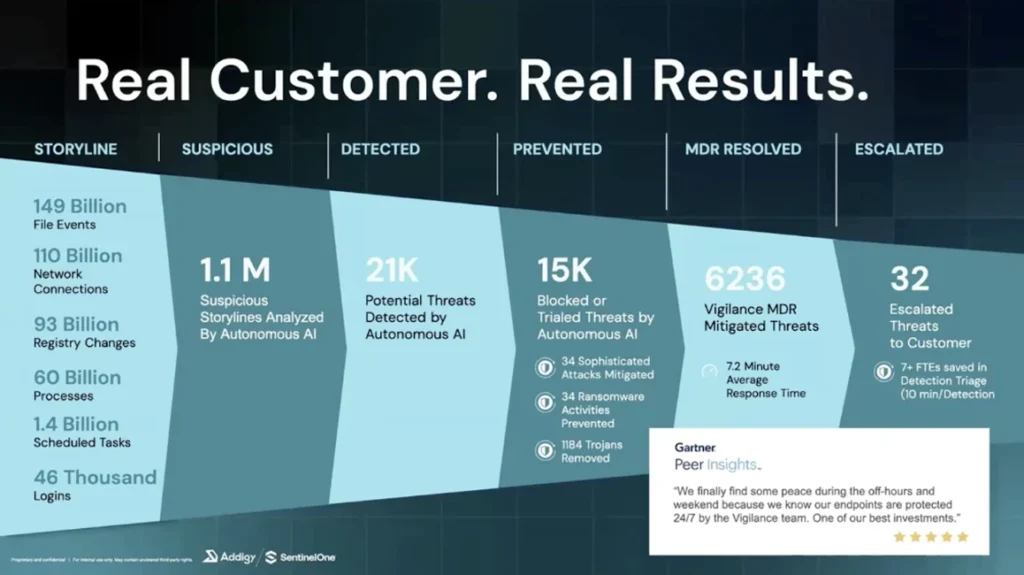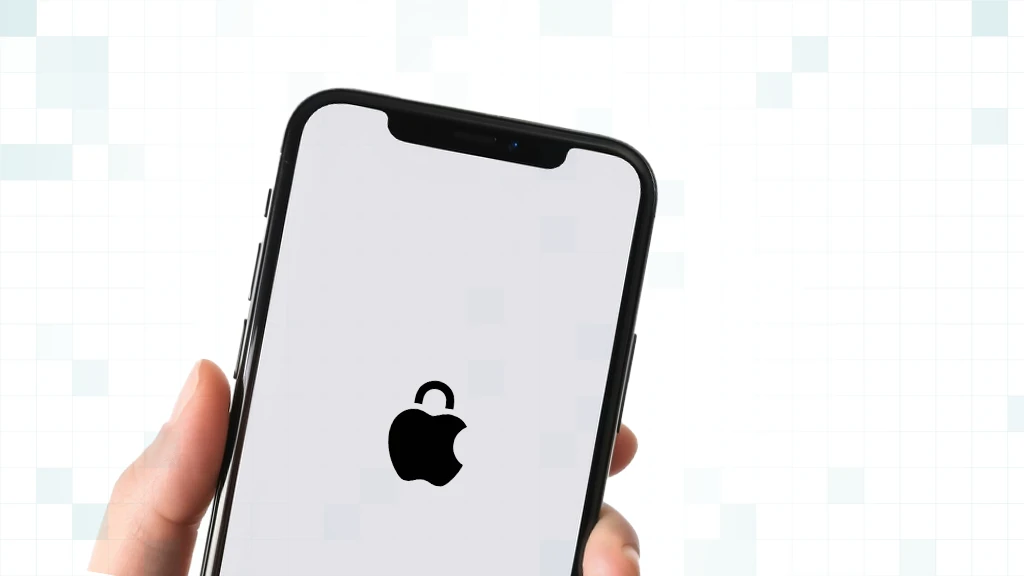The Apple Security Myth: Why Apple Endpoint Security Matters for MSPs
Apple endpoints might be famous for strong security, but today’s threat landscape means modern IT teams and MSPs are doubling down on extra protection.. for good reason.
For years, many people heard that “Macs don’t get viruses” and that Apple’s built-in features (like Gatekeeper, SIP, and FileVault) keep users safe by default. But as Apple’s share in the enterprise grows, so does the motivation for attackers to go after these high-value corporate assets.
This urgency set the stage for our recent webinar Turn Every Mac Into an Impenetrable Target, where security leaders Drew Sanford and Joel Cedano to sat down to discuss how organizations can transform their Mac fleets into robust, compliant, and well-defended assets. Here are some of the best practices they shared for hardening macOS endpoints, automating real-time remediation, and using cutting-edge AI and unified device management to respond to new threats.
Real-World Mac Threats: Not Just Theory
Modern attacks targeting Apple endpoints are not just theory, but a reality for IT teams today. Attacks are taking the form of simply viewing a malicious image (such as a meme or photo) that allows code execution on macOS devices, making infection possible without opening suspicious files or apps.
Attackers can also manipulate Apple’s notarization process, making it possible for harmful apps to appear legitimate and slip past native defenses. Sophisticated techniques have even emerged that can bypass System Integrity Protection when leveraging certain third-party installers, exposing sensitive system internals to cybercriminals. Recent vulnerabilities – including those enabling fingerprinting of installed applications or unauthorized screenshot capture – expand the attack surface and risk for targeted data theft on Apple devices.
Both experts from Addigy & SentinelOne emphasize that malware, ransomware, information stealers, and supply chain threats are now routinely observed in macOS environments. AI-led attacks scan for weaknesses and adapt tactics rapidly, reinforcing why modern security solutions are now essential.
Why Default Defenses Aren’t Enough to Protect Apple Devices
While Apple’s security architecture is already fairly solid and still evolving, built-in controls are not designed for enterprise-scale visibility, real-time threat mitigation, or compliance reporting. A single user falling victim to a social engineering email, a supply chain vulnerability, or a privacy bug could be all it takes to compromise business data.
Why EDR + MDR?
MDR (Managed Detection and Response) and EDR (Endpoint Detection and Response) work together to provide comprehensive security management. EDR is described as the tooling: a product or software platform that detects threats and watches for malicious activity on devices. MDR, in contrast, is about the team behind the technology. The MDR team partners with you to actually manage the EDR tool, close knowledge gaps with skilled analysts, and provide active, 24/7 monitoring and response.
Key benefits of combining MDR and EDR:
- Skills and knowledge gap coverage for your team: MDR provides expert analysts who continuously monitor, analyze, and respond to alerts, handling threats that may be too complex or numerous for internal IT teams alone.
- Time and resource optimization: MDR operates around the clock, addressing attacks whenever they happen. That means you’re protected even during off-hours when threat actors are most likely to strike.
- Fatigue and alert management: Automation and expert reviews reduce the volume of noise from false positives, so only critical incidents reach your internal teams.
- Operational partnership: MDR helps guide remediation, escalate real attacks, and communicate with stakeholders smoothly.
In summary, EDR gives powerful detection capabilities at the endpoint, while MDR ensures continuous expert oversight, actionable intelligence, and rapid response, filling the gaps internal teams face in the modern threat landscape.
Why Modern IT Teams Are Adapting to Apple Security Threats
IT admins now combine Apple’s native protections with modern endpoint detection and response (EDR) and managed detection and response (MDR) platforms like Addigy + SentinelOne. Here’s how this modern approach changes the game:
- Telemetry Automation: Solutions like SentinelOne can distill millions of suspicious events into a handful of actionable alerts, letting IT focus on what matters, not false positives.
- Instant Remediation: Automatic detection kicks off rapid responses, like isolating infected machines, rolling back ransomware attacks, and uninstalling Trojans or malicious code, sometimes with one click.
- Continuous Compliance: Dashboards benchmark environments against NIST, CIS, and other standards; end users can self-remediate issues in real time, driving proactive defense.
- CVE and Vulnerability Patch Automation: Addigy’s integration with SentinelOne actively hunts for software vulnerabilities, deploys fixes automatically, and tracks compliance without manual effort.
- Role of MDR: Managed services fill skill and resource gaps, providing 24/7 oversight, deep incident forensics, and guided remediation—even as attack techniques evolve and scale.
Case Study: Enterprise Threat Response
In a recent attack, SentinelOne processed over a million suspicious events within a large organization, uninstalling 1,184 Trojans, remediating 34 discrete attack types, and surfacing just 32 critical alerts for IT review – turning a mountain of risk into a manageable workload.
Takeaway: Apple Devices Need Protection

Still think Apple endpoints are immune? Modern MSPs know better, and have the tools to prove it.
As Macs become central to the workplace, modern IT admins recognize the evolving risks, aggressive new attack methods, and growing compliance demands. By combining Apple’s security foundation with advanced, automated endpoint solutions and vigilant operations, today’s teams safeguard productivity without risking tomorrow’s headlines.
If you’re ready to dive deeper and see real-world demos, expert insights, and practical strategies for hardening your macOS environment, be sure to watch the full webinar.

